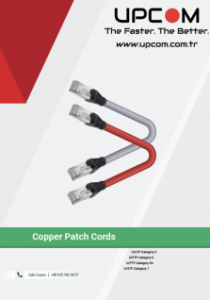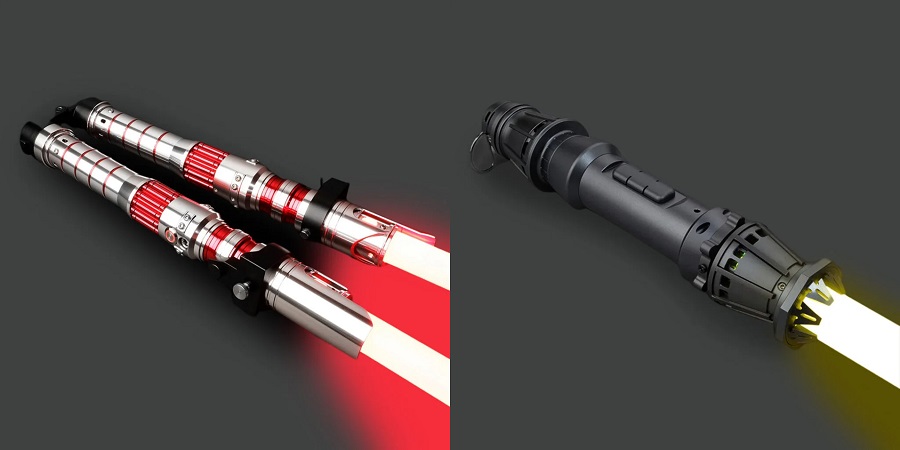Modern network infrastructures are the backbone of any business, supporting communication, data transfer, and IT operations. Efficient management of network connections is essential to ensure smooth performance across all systems. A well-organized cabling framework reduces downtime, simplifies maintenance, and supports growth. One critical component in achieving this is the copper patch panels, which serve as central points for connecting and managing multiple network cables.
How the Panels Streamline Network Management
These advanced panels play a vital role in structured cabling systems by organizing Ethernet connections and facilitating efficient network administration.
- Centralized Connectivity: They provide a single location to connect and manage multiple cables, reducing clutter and complexity.
- Simplified Troubleshooting: Faulty connections can be identified and corrected quickly without disrupting the entire network.
- Scalable Network Setup: Adding new devices or expanding network segments is easier with organized patch panels.
These panels are essential for businesses seeking a structured approach to network management and reliable performance.
Applications to know about in Enterprise Networks
Enterprises use them in various applications to maintain high-speed and reliable connections.
- Data Centers: Organize thousands of network connections efficiently for servers and storage systems.
- Corporate Offices: Simplify office network infrastructure and enable easy device connectivity.
- Telecommunication Rooms: Support seamless connections for switches, routers, and other network devices.
In addition to standard panels, businesses often utilize specialized units such as Ethernet patch panels and Cat6 patch panels to meet performance requirements and ensure compatibility with high-speed network standards.
Choosing the Right Patch Panel for Your Network
Selecting the appropriate patch panel is critical for ensuring network efficiency and reliability.
- Port Density: Choose a panel with the right number of ports to accommodate current and future network needs.
- Cable Management Features: Look for built-in cable organizers and labeling options to maintain order.
- Compatibility: Ensure the panel supports the type of cables in use, whether Cat5e, Cat6, or higher-speed standards.
- Durability: High-quality construction guarantees long-term performance and reduces maintenance costs.
These considerations ensure that businesses maintain a professional and dependable network setup.
Impact on Network Performance and Maintenance
Integrating the panels into a structured cabling system has a direct impact on network performance and ease of maintenance.
- Reduced Downtime: Centralized management allows technicians to isolate and repair issues quickly.
- Consistent Connectivity: Ensures stable data transfer across all connected devices.
- Simplified Expansion: Future network upgrades can be implemented without major rewiring.
Businesses benefit from a network infrastructure that is organized, scalable, and capable of supporting high-speed communication demands.
That’s a great approach to maintain the blog’s current style. Here is a new section focused on the differences between patch panel termination styles, explained using narrative text and bullet points:
Termination Styles: Flexibility Meets Permanence
When selecting the right copper patch panel, network planners must decide on the termination style, which dictates the long-term flexibility and maintenance complexity of the structured cabling system. The two primary methods are Keystone (Modular) and Punch-Down (Fixed).
- Punch-Down (Fixed) Panels: These are the traditional choice for installations where network configuration is expected to be static and permanent. Wires are terminated directly onto fixed ports using a specialized tool.
- Secure Connection: Punch-down connections offer a reliable, permanent termination point, making them ideal for backbone installations in large data centers or environments with high-density cabling where connections are rarely moved.
- Less Flexible: Changes require a technician to cut and re-terminate the cable onto the panel, making maintenance and upgrades more time-consuming and labor-intensive.
- Secure Connection: Punch-down connections offer a reliable, permanent termination point, making them ideal for backbone installations in large data centers or environments with high-density cabling where connections are rarely moved.
- Keystone (Modular) Panels: These panels offer supreme flexibility because they do not have fixed ports. Instead, they utilize modular keystone jacks that snap into the panel’s frame.
- Ease of Upgrades and Maintenance: If a port fails, or if the network needs to upgrade from Cat5e to Cat6A, the technician simply pops out the old keystone jack and replaces it with a new one, without disrupting the permanent wiring.
- Mixed Media Support: Keystone panels allow administrators to mix and match different types of connectivity—such as Ethernet, HDMI, or fiber—on a single patch panel, which is highly beneficial for corporate offices and multimedia environments.
- Ease of Upgrades and Maintenance: If a port fails, or if the network needs to upgrade from Cat5e to Cat6A, the technician simply pops out the old keystone jack and replaces it with a new one, without disrupting the permanent wiring.
The decision ultimately balances the desire for long-term stability (Punch-Down) against the need for quick changes and easy scalability (Keystone).
Partner with UPCOM Telekomünikasyon for Network Excellence
For companies looking to optimize their network infrastructure, UPCOM Telekomünikasyon provides premium copper patch panels and related connectivity solutions. Their products include Ethernet patch panels and Cat6 patch panels, designed to deliver reliable performance and support growing network demands.
UPCOM Telekomünikasyon ensures that businesses can implement structured cabling systems with confidence, offering durable and high-quality solutions that simplify management, enhance performance, and future-proof network setups.




